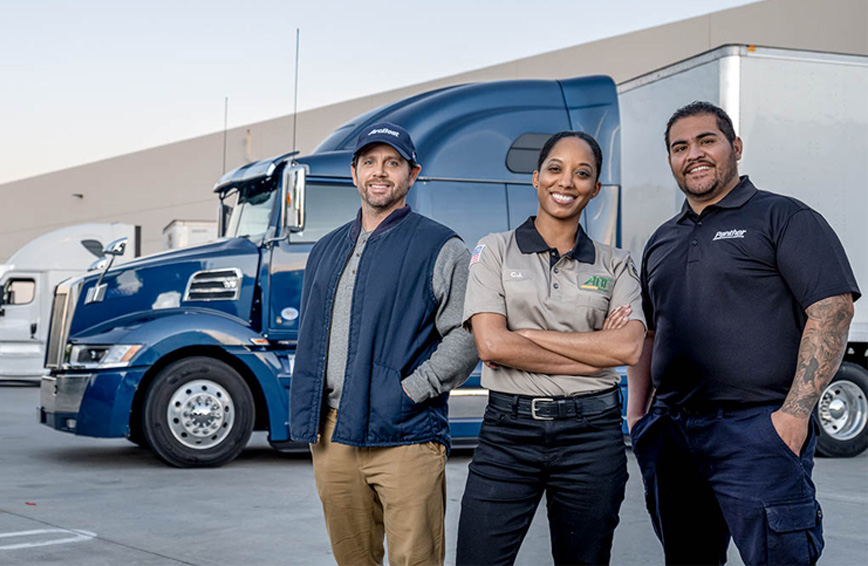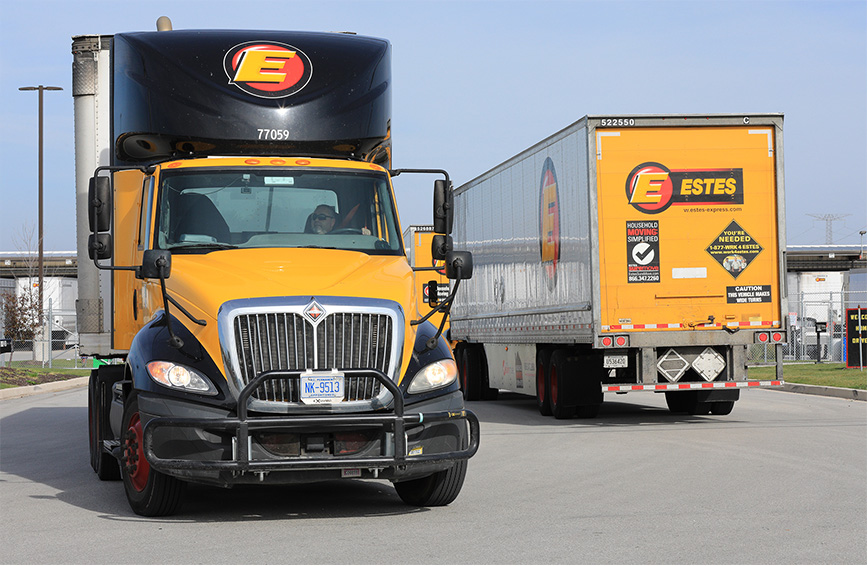A TMS is the best software for a small trucking company. TMS software plans and executes the physical movement of goods across the supply chain. A more advanced TMS also brings shipment automation and visibility, helps organize functions, and compiles data for use in future shipments and operations.
Software providers designed many TMS systems for brokers and shippers, not for small and mid-sized carriers.
But there are many benefits to using a TMS designed to be the best software for a small trucking company:
- Improved cash flow
- Integrated planning and execution
- Improved digital document management
- Routing optimization
- The ability to track drivers in route for a more efficient schedule
- An improved customer experience
- Repeat business and referrals
When considering a TMS, you'll want to look for these features:
A feature-rich TMS with data analytics
This lets you connect to systems from load boards to accounting systems and ELDs; track and trace for improved shipment visibility; provides a mobile driver application to improve communication; and improves invoicing, settlements, and document management. The LoadOps TMS also lets you automate manual processes to minimize data entry and provides KPI dashboards to find the most profitable loads.
The ability to locate the best rates and save on freight
DAT POWER is the industry's most advanced load board for carriers and freight brokers. LoadOps is DAT's preferred carrier TMS, automatically searching your DAT-connected load board to find the best loads for each driver, the best driver for each load, and see your break-even points.
Trailer and load optimization functionality that automates tasks
Save time by automating tasks like customer invoicing, driver settlements, and document management.
This helps you find your best loads to help your business work with greater ease and efficiency. You'll fill your schedule with ideal loads with HOS data, driver preferences, and load profitability to reduce deadheads.
A simplified dashboard
Keep track of mechanical repair needs, drivers running out of hours, next dispatch destinations, invoicing, payroll, maintenance, routing, dispatching, separate software licenses, and drivers spending more time on the phone doing administrative tasks than they do on the road.
APIs that ensure you improve customers' experiences without increasing their costs
The LoadOps TMS relies on APIs to integrate with other systems quickly. For example, LoadOps customers who seek LoadOps TMS integration via an API with their factoring company, electronic logging device (ELD), or accounting system can quickly come up to speed quickly. LoadOps APIs link to software including QuickBooks, load boards, market rates, maps, etc.
A tool that supports better driver relationships and driver retention
The best software for a small trucking company uses AI to search all connected load boards to find the best loads for each driver, so drivers aren't assigned loads they cannot complete or get stuck out on the road because they must wait their required time to meet HOS restrictions. Dispatchers can see all trucks and loads on maps and what drivers are available to pick up a return load. T
he visibility into operations helps you avoid empty backhaul and improves asset utilization and bottom-line profitability. The driver's mobile LoadOps app makes drivers more efficient, which keeps drivers happy. When the LoadOps TMS helps drivers decrease idling at stops, loading/unloading times, and required paperwork, you save precious fuel.
Automated route optimization with real-time tracking and accurate ETAs for customers
The best software for a small trucking company helps you maintain predictable ETAs by building cost-efficient, flexible, fast routes. By incorporating GPS, ELD, and telematics device data into route optimization tools–including traffic patterns and the location of stops–dispatchers can send routes directly to drivers and even update them mid-route. You'll know the driver's location, so you can proactively send accurate ETAs to customers, and they can track their orders instantly.
Reduced fuel consumption
More efficient route planning, communication, and driver dispatching also reduce fuel expenditures because drivers go the most efficient way to jobs rather than potentially wasting significant amounts of fuel. These features can alleviate the pains of rising fuel costs.
Check out the best software for trucking
Ready to try out the best software for a small trucking company, find more profitable loads, meet your business requirements without needing more drivers or trucks and make sure your operations keep pace with your growth?
The best software for a small trucking company, LoadOps the intelligent TMS, is affordable for both small trucking companies and owner-operators. LoadOps helps small trucking companies grow their business by finding more profitable loads.




-2.jpg)